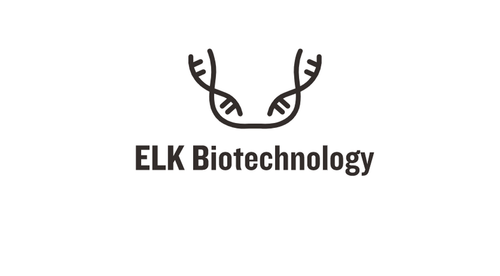Product Description
Human Angiogenic factor with G patch and FHA domains 1 (AGGF1) ELISA Kit | AE24254HU | Abebio
Species Reactivity: Human (Homo sapiens)
Abbreviation: AGGF1
Alternative Name: FLJ10283; GPATC7; GPATCH7; HSU84971; HUS84971; VG5Q; angiogenic factor VG5Q|vasculogenesis gene on 5q
Application: ELISA
Range: 0.156-10 ng/mL
Sensitivity: 0.059 ng/mL
Intra-Assay: ≤4.3%
Inter-Assay: ≤6.8%
Recovery: 0, 98
Sample Type: Serum, Plasma, Other biological fluids
Detection Method: Sandwich
Analysis Method : Quantitive
Test Principale: This assay employs a two-site sandwich ELISA to quantitate AGGF1 in samples. An antibody specific for AGGF1 has been pre-coated onto a microplate. Standards and samples are pipetted into the wells and anyAGGF1 present is bound by the immobilized antibody. After removing any unbound substances, a biotin-conjugated antibody specific for AGGF1 is added to the wells. After washing, Streptavidin conjugated Horseradish Peroxidase (HRP) is added to the wells. Following a wash to remove any unbound avidin-enzyme reagent, a substrate solution is added to the wells and color develops in proportion to the amount of AGGF1 bound in the initial step. The color development is stopped and the intensity of the color is measured.
Product Overview: The AGGF1 gene encodes a potent angiogenic factor that contains a forkhead-associated domain and a G-patch domain. VG5Q was ubiquitously expressed in human tissues examined, including heart, brain, placenta, lung, liver, skeletal muscle, kidney, and pancreas. Intracellular localization studies showed VG5Q protein mostly in the cytoplasm and around the nuclei of HMVECs. In an in vitro model of angiogenesis where endothelial cells were plated onto matrigel, VG5Q protein began to redistribute by moving towards the cell periphery and was also detected outside the cell. Purified wildtype VG5Q protein promoted strong angiogenesis in a chick chorioallantoic membrane assay, demonstrating that VG5Q is a potent angiogenic factor. Angiogenesis was inhibited by RNA interference against VG5Q in in vitro assays.
Stability: The stability of ELISA kit is determined by the loss rate of activity. The loss rate of this kit is less than 5% within the expiration date under appropriate storage condition. The loss rate was determined by accelerated thermal degradation test. Keep the kit at 37°C for 4 and 7 days, and compare O.D.values of the kit kept at 37°C with that of at recommended temperature. (referring from China Biological Products Standard, which was calculated by the Arrhenius equation. For ELISA kit, 4 days storage at 37°C can be considered as 6 months at 2 - 8°C, which means 7 days at 37°C equaling 12 months at 2 - 8°C) .
 Euro
Euro
 USD
USD
 British Pound
British Pound
 NULL
NULL








